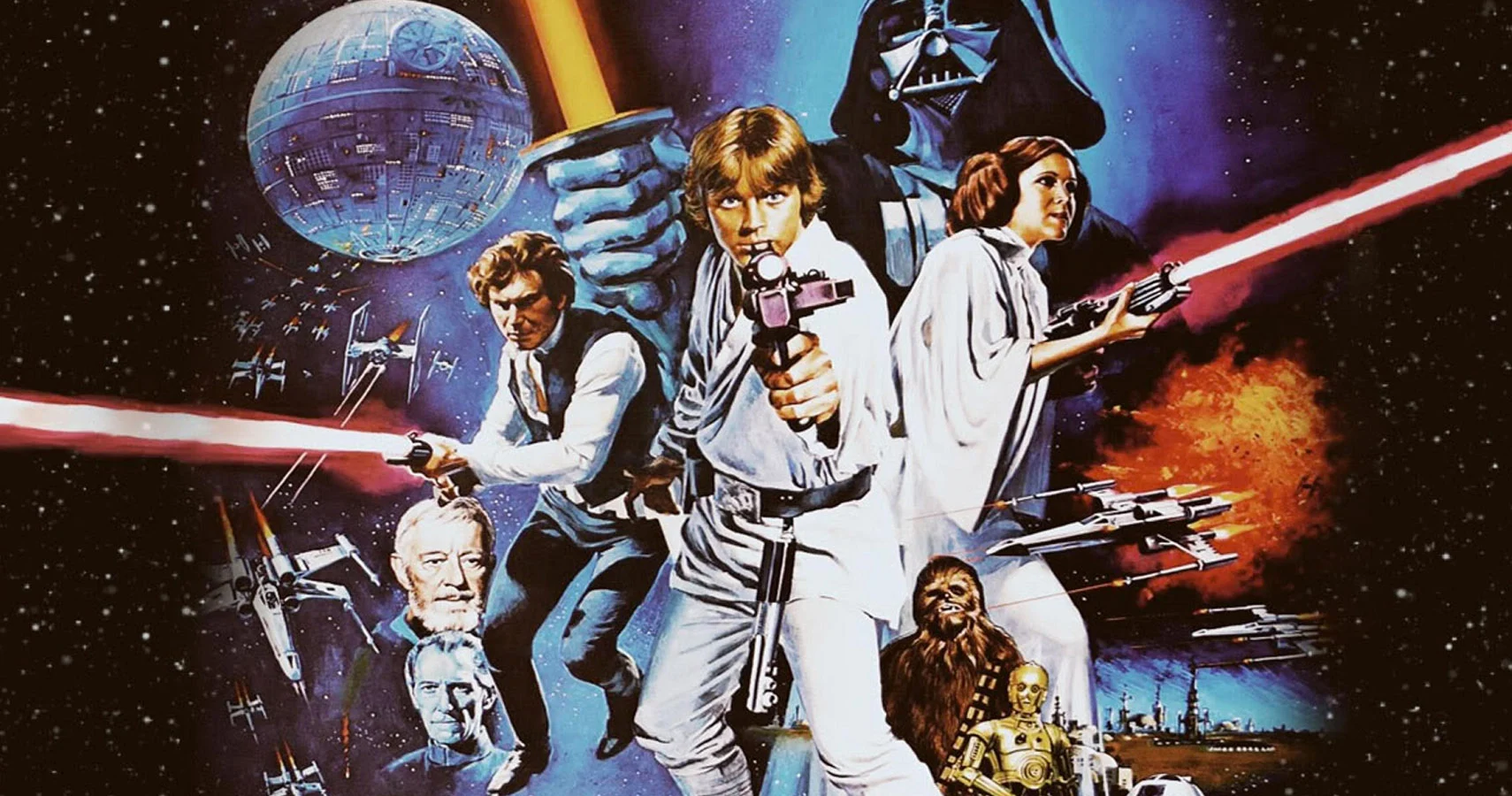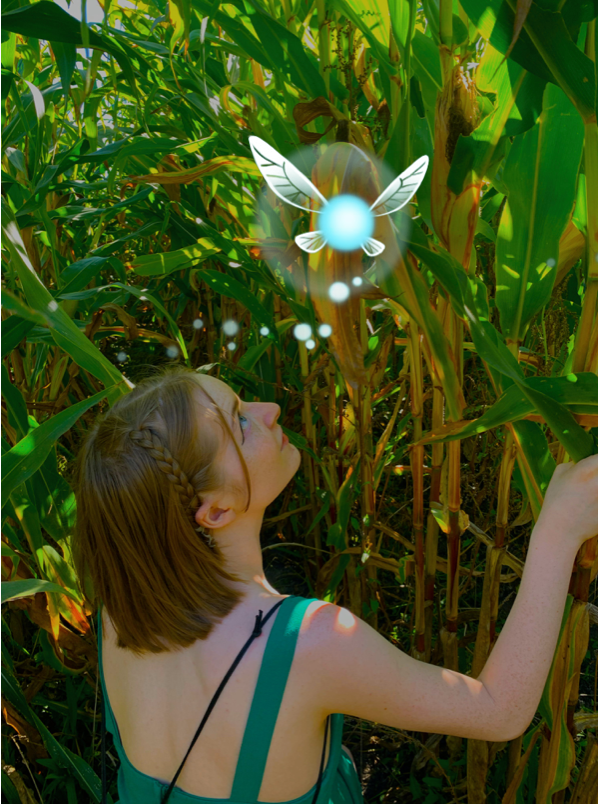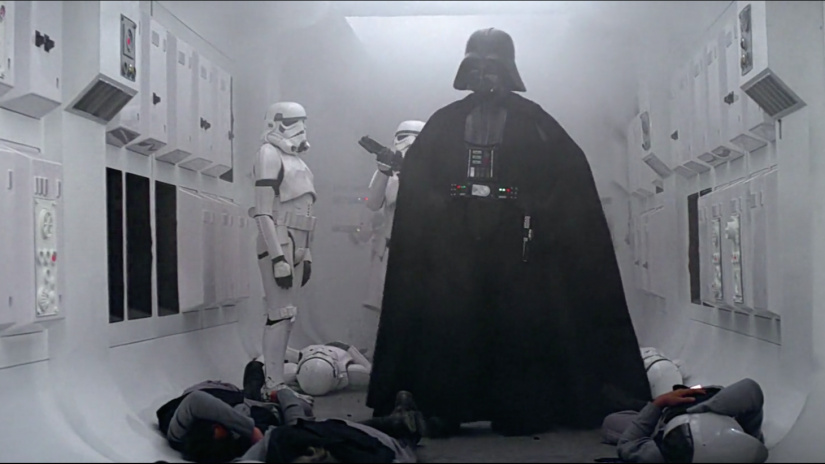Legendary Pictures: A New Hope Meets An Old Legend
Posted on February 17 2020 by Alexandria Weber

Guided by an old man, wise by age and cloaked in mystery, a youth takes a blade with ideas of heroism. A life wandering at the unknown and longing for adventure is cut short abruptly when his home is destroyed by the forces of evil. The youth is left with no choice but to trust his inner courage and face the growing evils in a world otherwise foreign. Faced with hardships, the youth rises to the challenge for the characters he meets along the way, including a Princess he feels compelled to save.
It is a plot that has led to over thirty years of gaming history, multiple titles achieving critical acclaim and manifesting a growing fanbase. The Legend of Zelda is one of most recognizable video game franchises as a result; its iconic ideas of heroism carrying from game to game in uniquely different ways.
The plot described above, however, is also responsible for a similar phenomenon of a much larger scale. The release of Star Wars: A New Hope in 1977 has amounted to a franchise that is also celebrated among various cultures, the past forty years making legends out of Luke Skywalker, Han Solo, Leia Organa, and Darth Vader.
Link and Luke Skywalker
Aside from the physical similarities — with both characters having blue eyes and blonde hair, and both wielding a sword that glows blue — Link and Luke Skywalker share qualities beyond the surface.
Much like Link in Twilight Princess, Luke starts his journey in simplicity, not knowing of his lofty destiny or slumbering abilities. One a goat farmer and the other a moisture farmer, their circumstances establish a certain humility for the character that carries with them throughout the rest of the story.
Specifically, Luke Skywalker is driven by justice as opposed to fame. He dives headfirst into the very sense and thrill of adventure, accompanying Obi Wan Kenobi on a dangerous mission before rescuing a Princess from captivity and joining the ranks of the Rebellion. Even after the loss of Obi Wan Kenobi at Darth Vader’s hand, Luke perseveres, eventually becoming the X-wing pilot to blow up the Death Star. He cares for his friends greatly, and, in contrast to Han Solo, cares little for the possibility of a reward for his heroic actions.
Neither Luke nor Link therefore act with selfish intentions, their outward thinking reminiscent of what the Jedi order was meant to represent.
Courage vs. Cowardice

While The Legend of Zelda and Star Wars differ greatly in setting, they match in narrative themes. In Skyward Sword, Link is regarded by Demise as unique among his kind; according to him, Link has a courage unparalleled to other Hylians. With the exception of Groose, Demise’s only previous experience with Hylians were them running in cowardice and begging to their goddess for protection.
Similarly, a common theme in Star Wars is the difference between cowardice and courage, where the Rebellion’s struggle against the Empire represent a courage to fight, and the rest of the galaxy are either cowering in fear or not caring enough to fight against it. A prime example of this is in Luke’s aunt and uncle, who are insistent upon Luke staying at the farm, far from the dangerous world that caused his mother’s death and his father’s unfortunate turn to the “dark side”. They have resigned themselves and Luke to living their own life and staying out of trouble, assuming that imperial encounters can only cause harm. Their ideas, however, did not carry over to Luke, as he takes up his father’s lightsaber and eagerly ventures to stand against the empire.
Both franchises therefore tackle the difference between the two ideologies similarly. And, although the groups that practice courage are split into a dichotomy of good and evil, stories like Star Wars: Revenge of the Sith and The Legend of Zelda: The Wind Waker serve to blur those lines of morality in interesting ways.
Princess Zelda and Princess Leia

As Princess Leia Organa only bears a passing resemblance to various Zeldas, the root of their similarity is also in the depths of their characters. And no, comparing Luke to Link and Leia to Zelda does not mean I am claiming that Link and Zelda must secretly be twins separated at birth. The comparison is less akin to their situation and familial relations, but more to who they are and how they handle conflict within their respective stories.
Princess Leia is presented as self-sufficient, relaying the plans to destroy the Death Star to R2D2 before attempting to escape armed with a blaster. Although taken prisoner quickly, Leia rebukes her captor Darth Vader and later avoids disclosing valuable information. Even after her rescue, Leia asserts strength, passion, and a sense of leadership, giving her significant agency in the film’s conflict.
Her role in the story is much like Zelda’s, more subtle than the showmanship of Link or Luke, and rather more tactful and strategic. As galactic royalty, she has responsibilities much like Princess Zelda. And, in the midst of war, they both use their wisdom to overcome the battles that come with that war, however small.
A Soundtrack to Remember
Another similarity between the two franchises is in the music, with composer Koji Kondo arguably on par with the legendary John Williams. Both composers have made incredible use of leitmotifs, first popularized by Opera composer Richard Wagner in the 19th century. Themes like “Zelda’s Rescue” and “Main Theme” from the older Legend of Zelda titles have been reworked masterfully in different ways over the years. Like the iconic themes from Star Wars, such as the “Force Theme”, the melodies have not lost their charm and pulsing sense of adventure. Even after decades of use, their incredible adaptability rings true.
The composers have also contributed greatly to the genre of music considered “Neo-Romantic”, a resurgence of romantic music that delves into the expression of deep emotions with sweeping orchestral movements. New installments of each franchise have not only recalled past iconic themes, but also added tons of masterful pieces of music. Gorgeous songs like “Across the Stars” from Star Wars: Attack of the Clones or The Legend of Zelda: Breath of the Wild‘s 2017 Switch Presentation Trailer are just a small fraction of both of the franchises’ musical success.
John Williams, Koji Kondo, and the other composers for Star Wars and The Legend of Zelda have skillfully expressed deep emotions of both loss and triumph over their many years of content. The way the notes have tugged and pulled on the heartstrings of so many speaks to a phenomenon I can only try to put into words. It is even arguable that without their prolific use of leitmotifs and emotional immersion the franchises would not be where they are today. Yet, that statement would highly discredit what is at the core of those soundtracks, the stories that build to support the music in almost perfect cohesion. There is a reason why Star Wars and The Legend of Zelda have affected so many, and that is the power in their storytelling ability.
The Power of Storytelling
More than exciting tales of persistence, there lies certain intricacies that have made both franchises so compelling over the years. Yes, there is the way the plot builds, how conflict rises and falls naturally, how Star Wars: A New Hope is presented in such a way that audiences get pulled right along. The mystery of Darth Vader, of Obi Wan Kenobi, of the universe as Luke takes his “first steps into a larger world” just as the audience does. There are many reasons why Star Wars: A New Hope is regarded a staple, dare I say, a classic of modern cinema. But there is one reason in particular that I value and attribute greatly to its success, the same reason I feel is integral to The Legend of Zelda‘s as well.
I firmly believe that there is only fiction in situation, but never in emotion. The characters in both franchises are incredibly vulnerable and unmistakably human. They fail, they make mistakes, they make decisions, they succeed, they live, they die, and, most of the time, they are afraid. There is no perfect character, no character without fault, without some incapability. There lies real loss, frustration, and grief in these fictional worlds of spaceships and kingdoms. The value of Star Wars and The Legend of Zelda, is, as a result, not in its fiction, but in its reality. And none of this is overt, simply because it doesn’t need to be. Audiences are not told that they must feel emotion, they simply do.
Both franchises, to conclude, are paragons of storytelling, mixing and melding the nuances of subtle insight and deep emotion.
Alex Weber is a writer for Zelda Dungeon. Her favorite food is apple pie and she misses her cat dearly, as Alex is away from home at college. Her alias as a fan fiction writer is fatefulfaerie and she can also be found on Twitter, Instagram, and Tumblr.

Alexandria Weber is a Senior Editor and an aspiring creative writer. Her favorite food is apple pie and she loves her cat Galadriel. Ask her for pictures!






